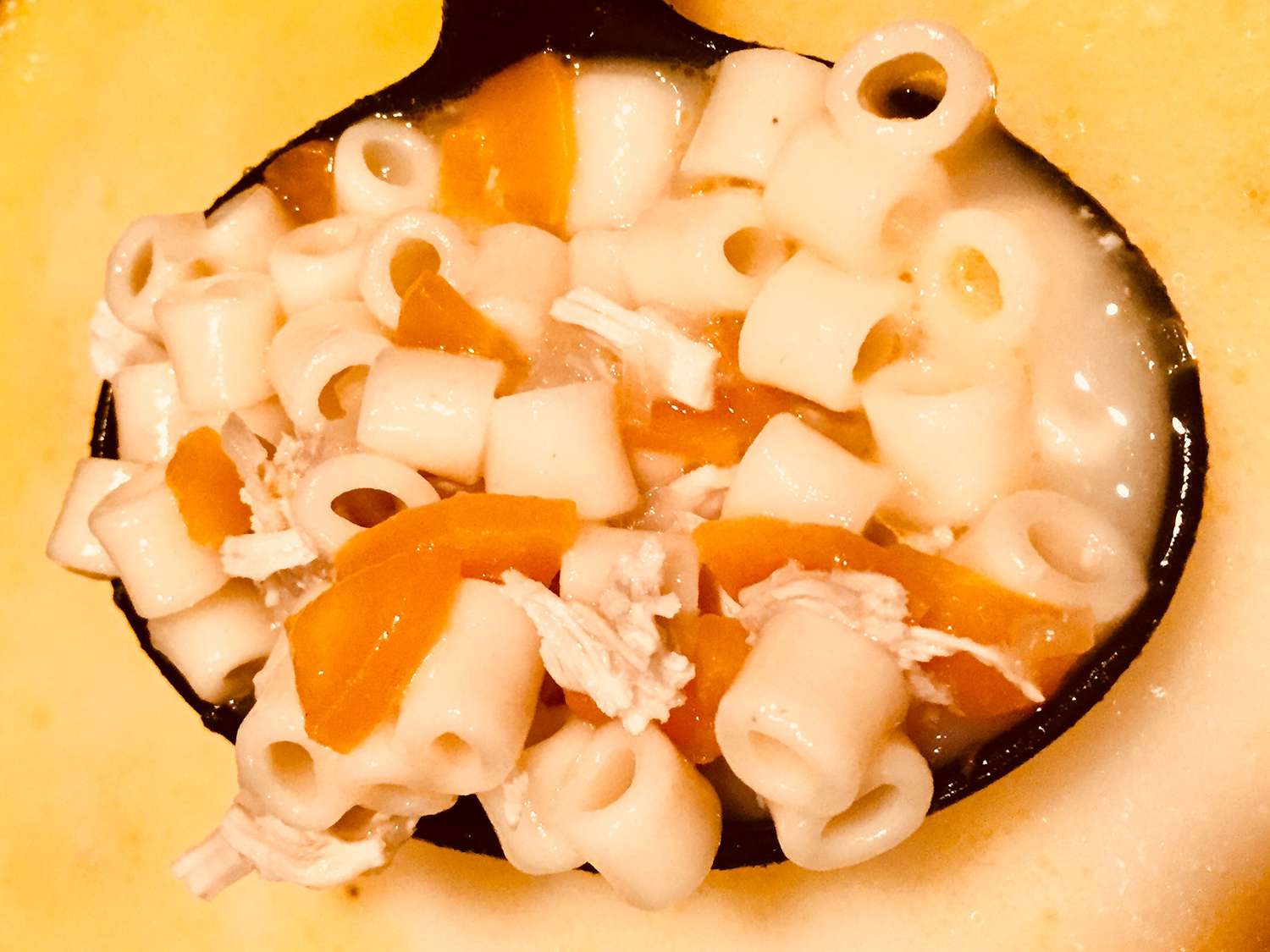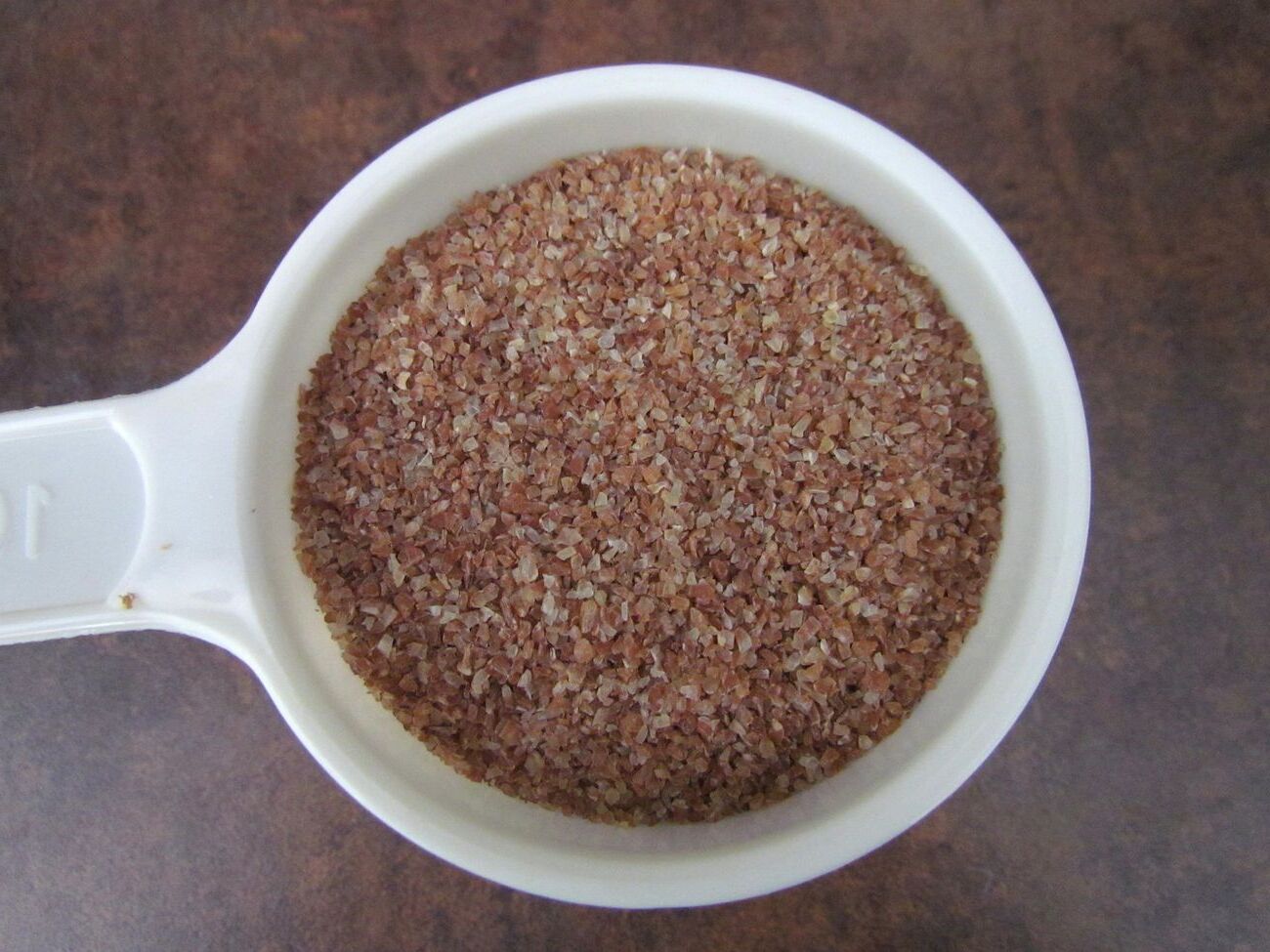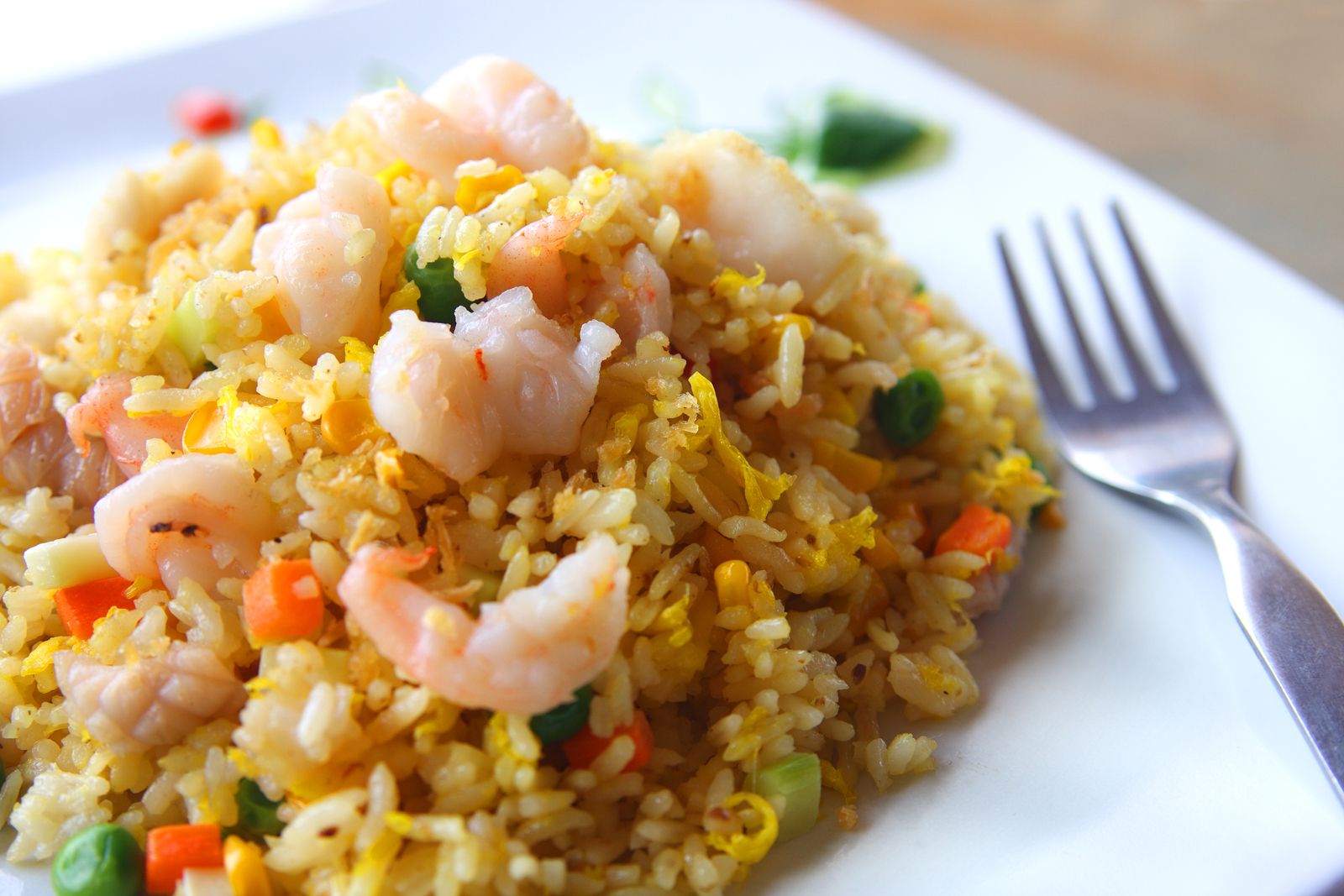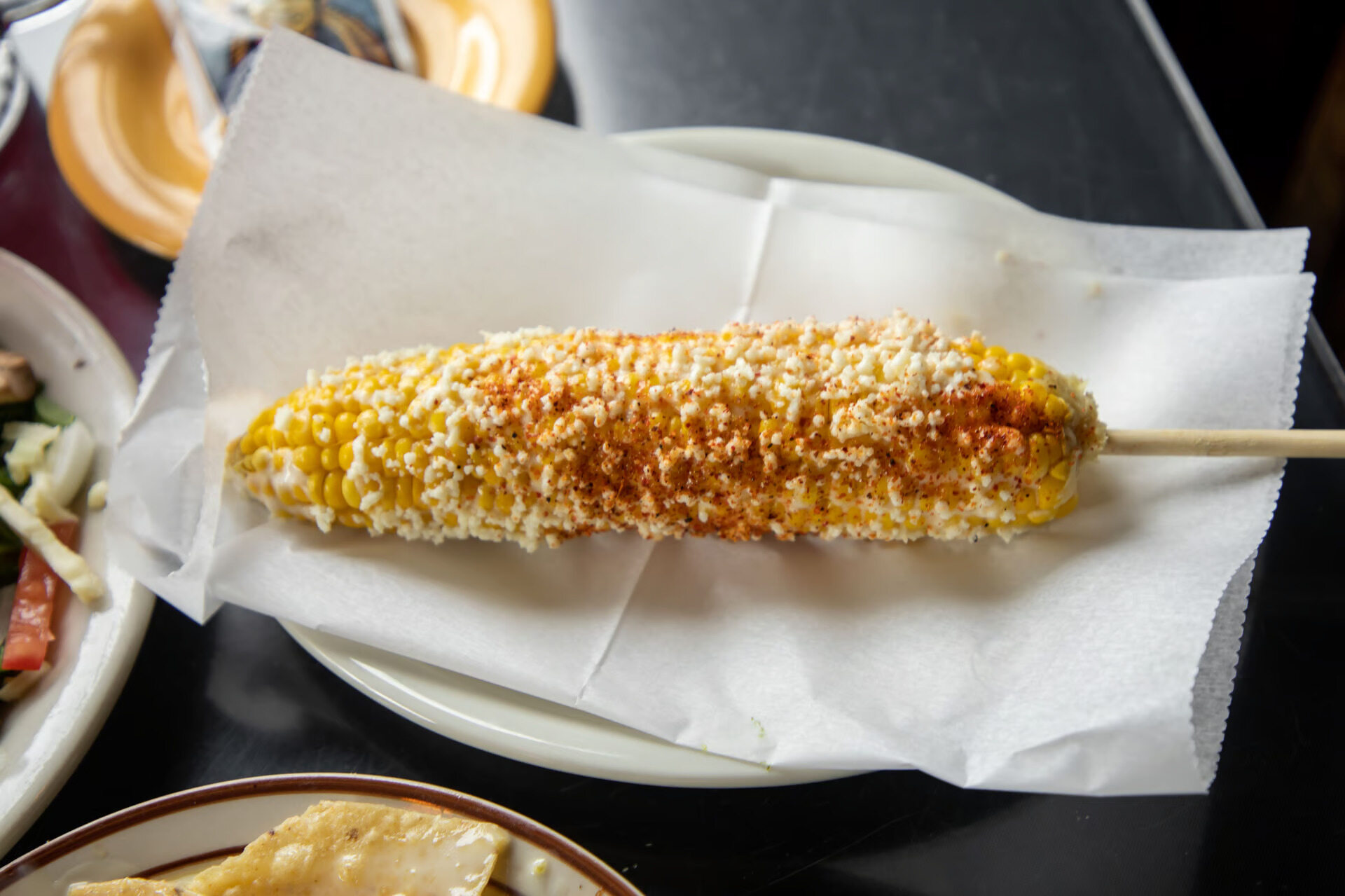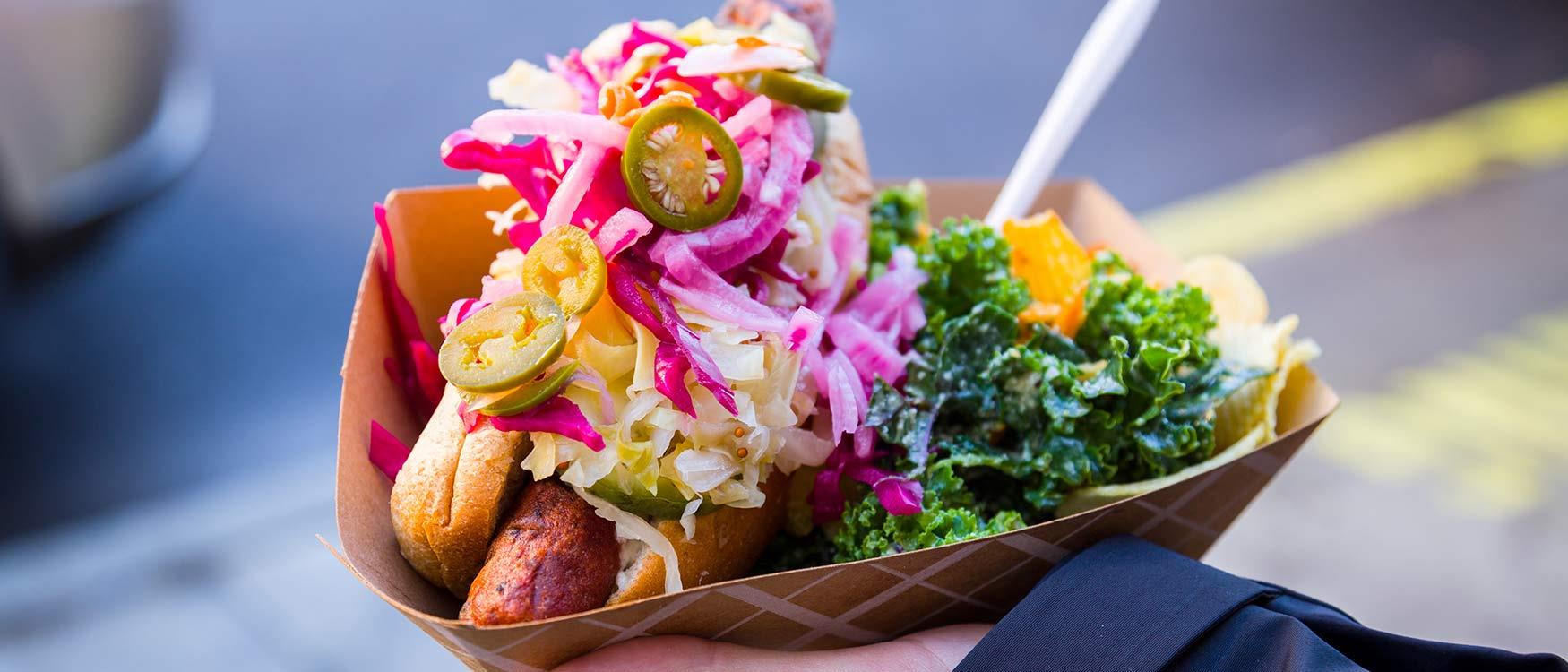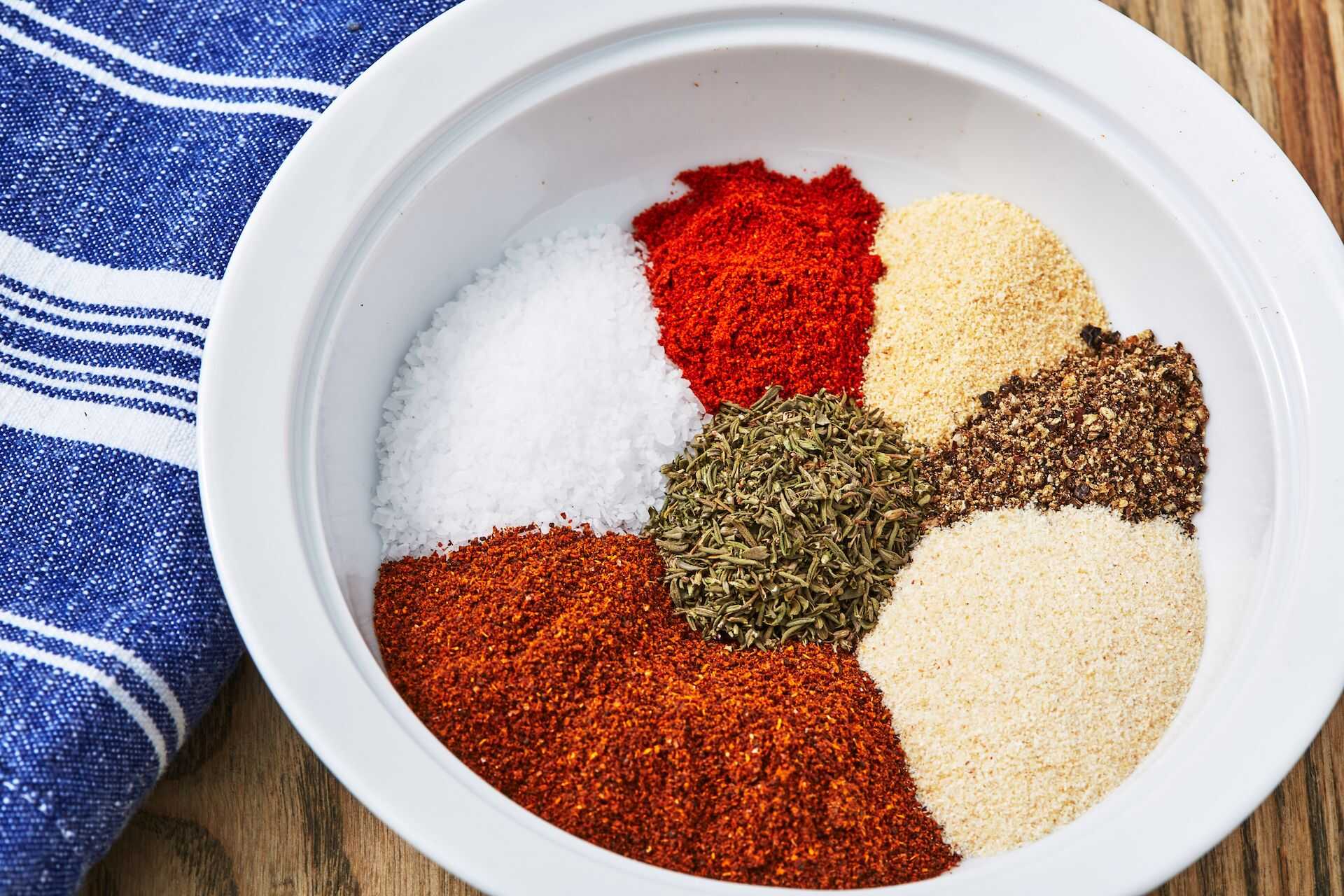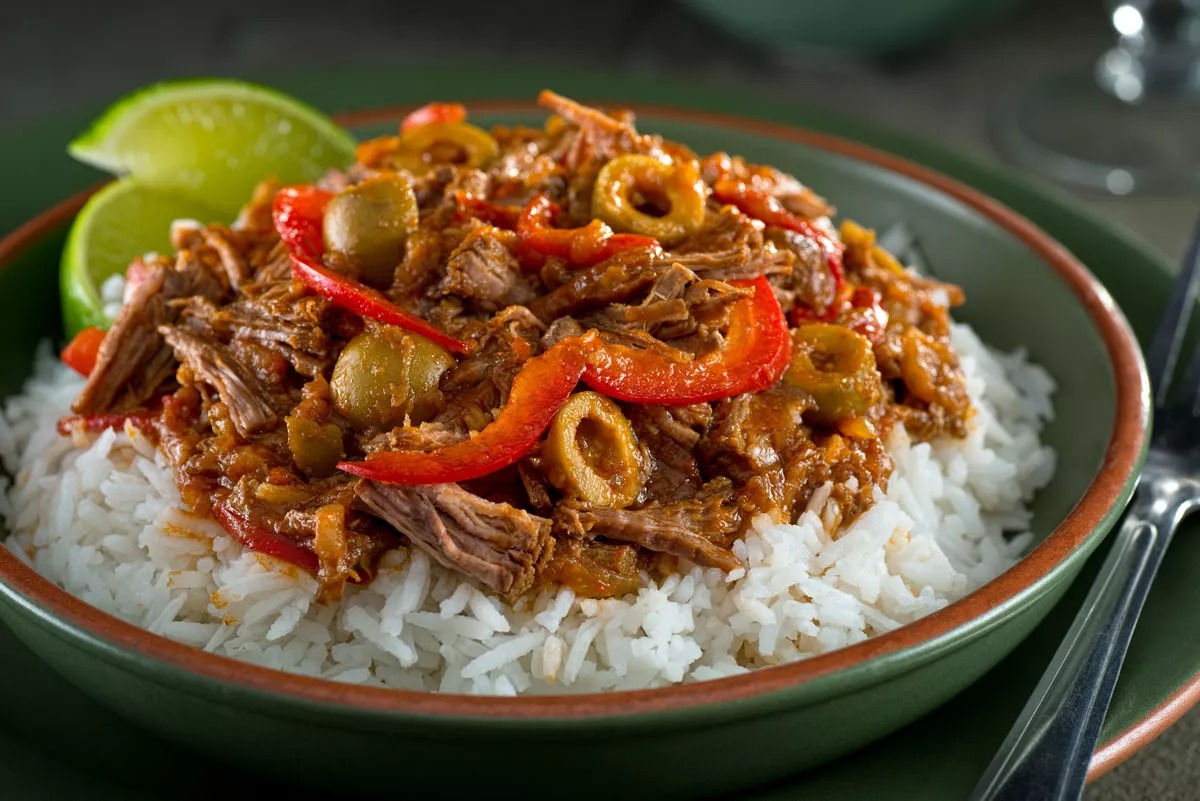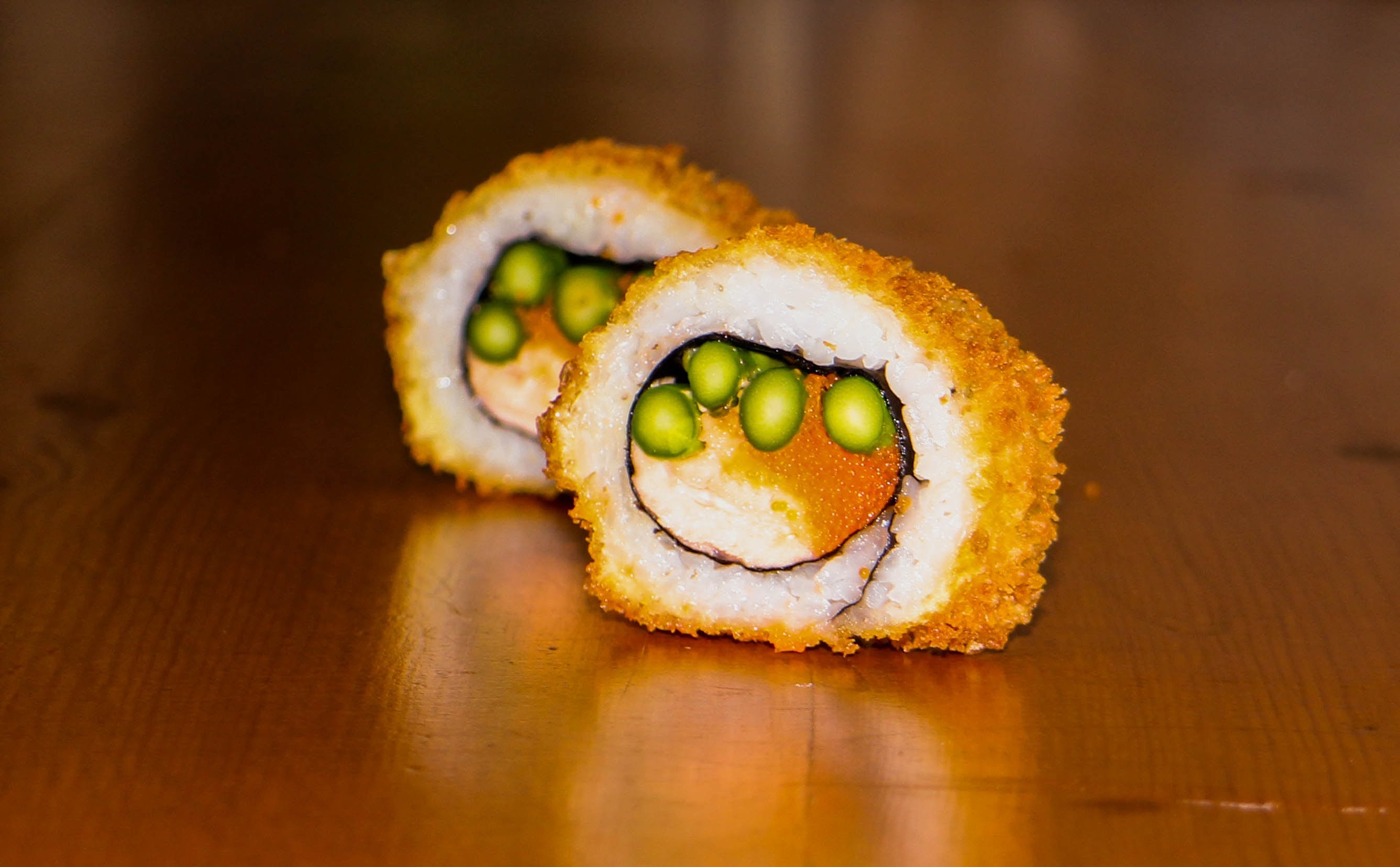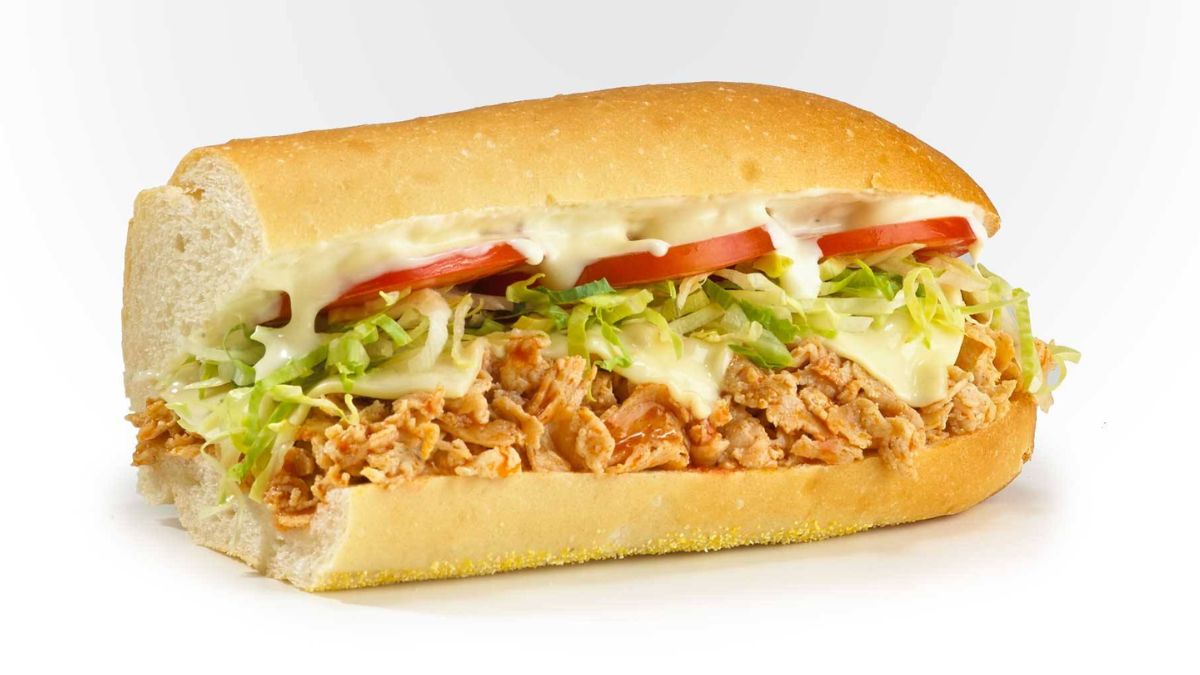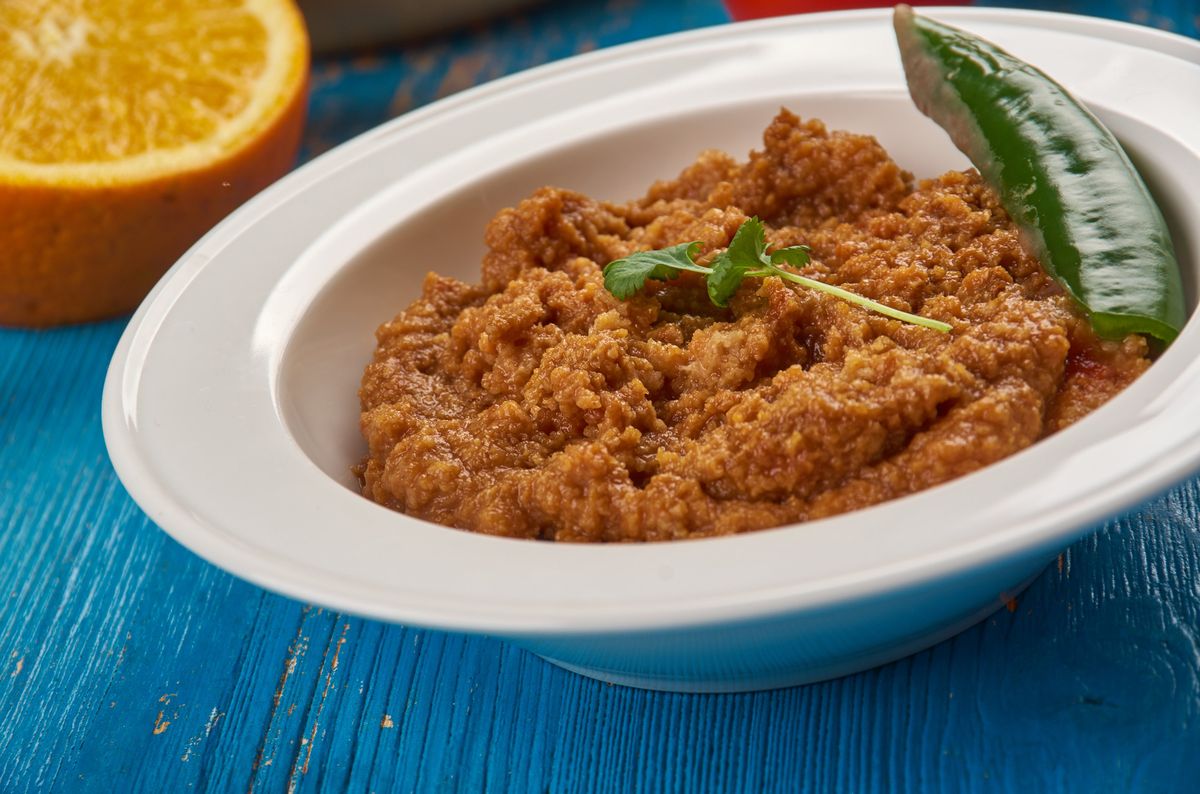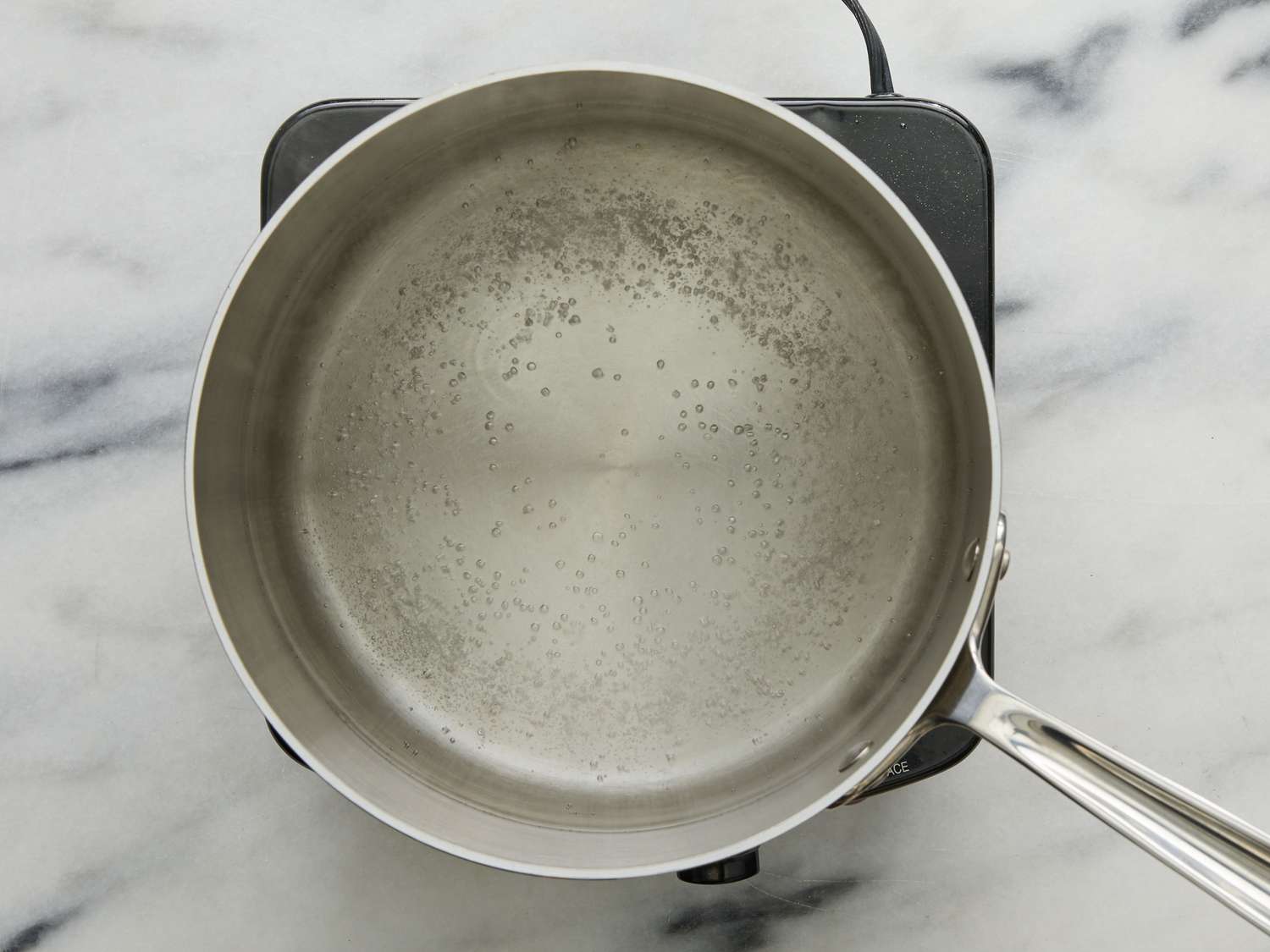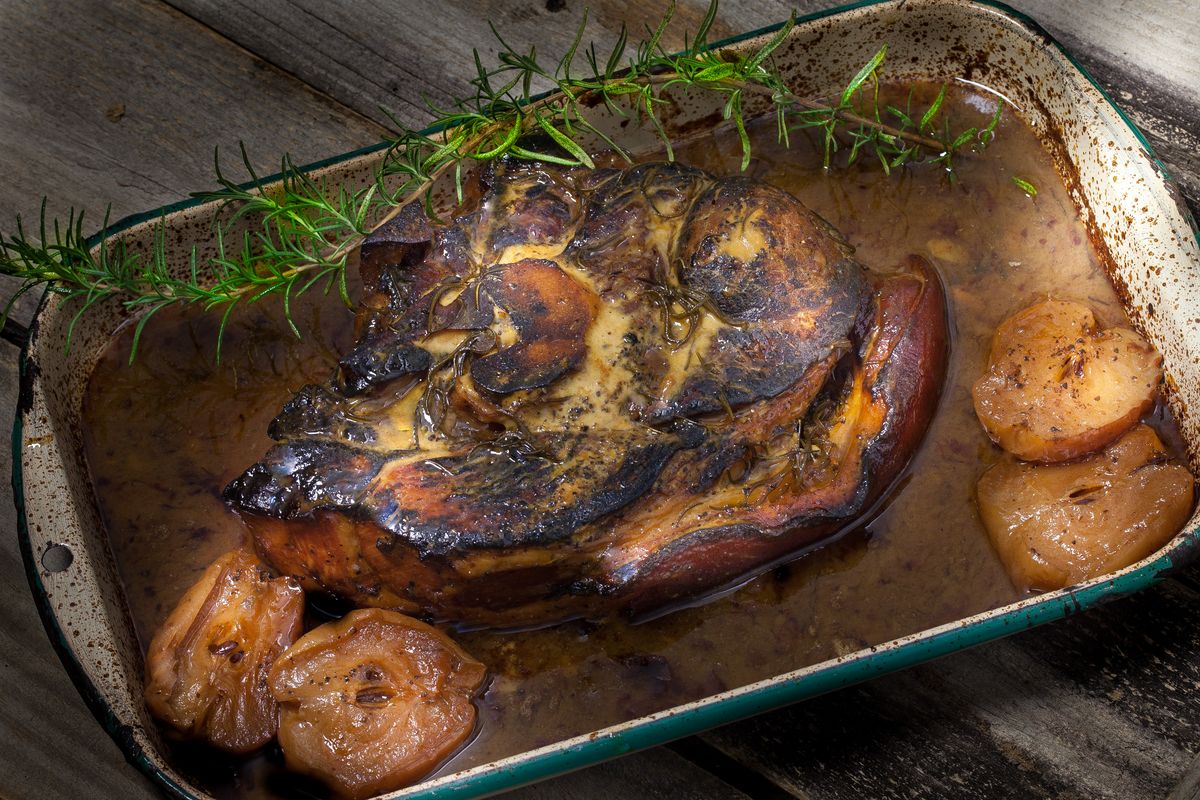Understanding Gelee: A Delightful Culinary Creation
Have you ever come across the term “gelee” in a recipe or on a menu and wondered what it actually is? Well, you’re not alone! Gelee, pronounced “zhuh-lay,” is a culinary term that originates from the French word for “jelly.” In the world of gastronomy, gelee refers to a delicate and delightful edible creation that adds a touch of elegance to various dishes.
What Is Gelee?
Gelee is a type of jelly that is typically made from fruit juice, stock, or other flavorful liquids. It is commonly used as a garnish, a topping, or a standalone delicacy in both sweet and savory dishes. The texture of gelee is smooth, firm, and slightly wobbly, giving it a unique and appealing mouthfeel.
How Is Gelee Made?
The process of making gelee involves the use of gelatin, a protein derived from collagen found in animal bones and connective tissues. Gelatin is dissolved in the chosen liquid, such as fruit juice or broth, and then set to form a solid, yet tender, jelly-like consistency. This process requires precision and attention to detail to achieve the perfect texture and clarity.
Uses of Gelee in Culinary Creations
Gelee can be used in a myriad of ways to enhance the visual appeal and flavor profile of dishes. Here are some common uses of gelee in culinary creations:
- As a topping for desserts, such as panna cotta or cheesecake, adding a burst of fruity flavor and a touch of elegance.
- As a garnish for savory dishes, like foie gras or seafood, providing a contrasting texture and a hint of acidity.
- As a layer in entrées or appetizers, creating visually stunning and multi-dimensional presentations.
Exploring the Versatility of Gelee
One of the most fascinating aspects of gelee is its versatility. It can be infused with various flavors, colors, and even alcoholic beverages to suit a wide range of culinary creations. From vibrant citrus gelee to rich and savory consomme gelee, the possibilities are endless when it comes to experimenting with this delightful culinary element.
Conclusion
In conclusion, gelee is a captivating and versatile component in the world of culinary arts. Its ability to elevate the visual and gustatory aspects of dishes makes it a valuable addition to any chef’s repertoire. Whether you encounter it in a sophisticated dessert or a refined appetizer, the presence of gelee is sure to add a touch of culinary finesse to the dining experience.
So, the next time you encounter the term “gelee” on a menu, take a moment to appreciate the artistry and craftsmanship that goes into creating this delightful culinary delight.
Was this page helpful?
Read Next: What Is Kunafa
